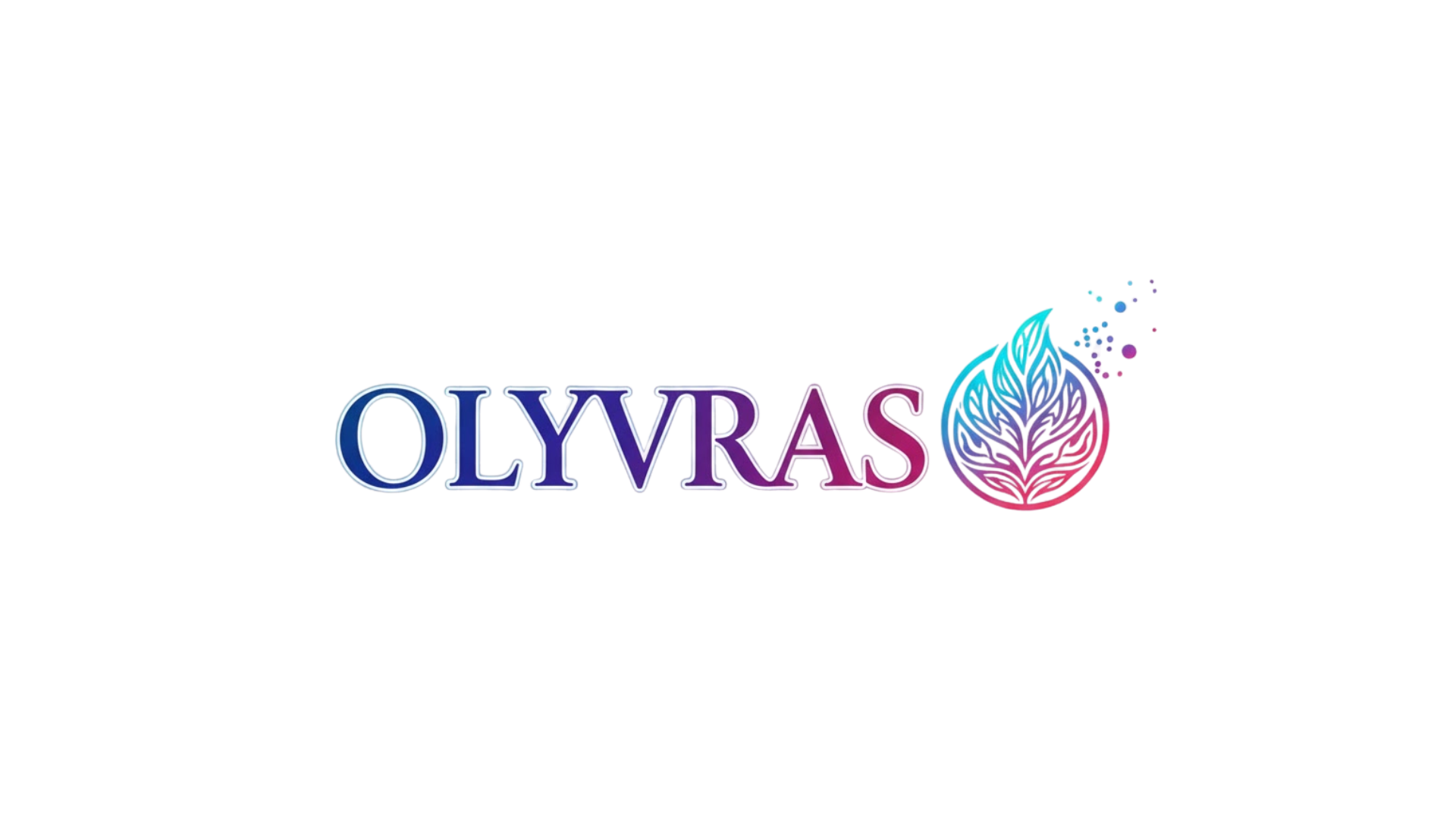Modern workplaces thrive when diversity, equity, and inclusion become foundational pillars rather than mere buzzwords. Organizations that embrace DEI strategies unlock innovation, talent retention, and sustainable growth.
🌍 Why DEI Matters More Than Ever in Today’s Workplace
The business landscape has transformed dramatically over the past decade. Global markets, remote work possibilities, and heightened social awareness have made diversity, equity, and inclusion non-negotiable components of successful organizations. Companies that prioritize DEI initiatives consistently outperform their competitors in innovation, employee satisfaction, and financial performance.
Research from McKinsey & Company demonstrates that organizations in the top quartile for gender diversity on executive teams are 25% more likely to experience above-average profitability. Similarly, ethnic and cultural diversity in leadership positions correlates with a 36% increase in profitability. These statistics aren’t coincidental—they reflect the tangible benefits of incorporating diverse perspectives into decision-making processes.
Beyond financial metrics, DEI strategies address fundamental human needs for belonging, respect, and opportunity. Employees who feel valued and included demonstrate higher engagement levels, contribute more creatively, and remain loyal to their organizations longer. This creates a positive cycle where talent attracts talent, and organizational culture becomes a competitive advantage.
🔍 Understanding the Core Components: Diversity, Equity, and Inclusion
While often used together, diversity, equity, and inclusion represent distinct concepts that work synergistically to create thriving workplace environments. Understanding these differences helps organizations develop targeted, effective strategies.
Diversity: The Foundation of Varied Perspectives
Diversity encompasses the full spectrum of human differences, including race, ethnicity, gender, age, sexual orientation, disability status, educational background, socioeconomic status, religious beliefs, and cognitive styles. True diversity extends beyond visible characteristics to include diversity of thought, experience, and problem-solving approaches.
Organizations committed to diversity actively recruit talent from underrepresented groups and create pipelines that challenge historical hiring patterns. This means examining every stage of talent acquisition, from job description language to interview panel composition, ensuring barriers to entry are identified and eliminated.
Equity: Fairness in Systems and Processes
Equity differs from equality by recognizing that different individuals face different obstacles and require customized support to achieve similar outcomes. While equality provides everyone with the same resources, equity distributes resources based on individual needs to create level playing fields.
Workplace equity manifests through fair compensation practices, transparent promotion criteria, accessible professional development opportunities, and accommodation for diverse needs. It requires organizations to examine systemic biases embedded in policies, procedures, and cultural norms that may inadvertently disadvantage certain groups.
Inclusion: Creating Belonging and Psychological Safety
Inclusion represents the active, intentional, and ongoing engagement of diverse perspectives. An inclusive workplace ensures that all employees feel welcomed, respected, valued, and heard. Inclusion transforms diversity from a demographic metric into lived experience.
Psychological safety—the belief that one can speak up, take risks, and be authentic without fear of negative consequences—forms the cornerstone of inclusive cultures. When employees feel psychologically safe, they contribute ideas freely, collaborate effectively, and bring their whole selves to work.
💼 Strategic Framework for Implementing DEI Initiatives
Successful DEI implementation requires comprehensive strategies that address organizational culture, policies, and practices at every level. Random acts of inclusion or sporadic diversity hiring fail to create sustainable change. Instead, organizations need systematic approaches embedded throughout their operations.
Leadership Commitment and Accountability
DEI transformation begins at the top. Executive leadership must visibly champion diversity initiatives, allocate appropriate resources, and hold themselves accountable for progress. This means setting measurable DEI goals, tying executive compensation to diversity metrics, and regularly communicating the strategic importance of inclusion.
Leaders should participate in DEI training, engage in uncomfortable conversations about bias and privilege, and model inclusive behaviors consistently. When employees see leadership genuinely committed to change, they’re more likely to embrace initiatives and contribute to cultural transformation.
Data-Driven Assessment and Goal Setting
Organizations cannot improve what they don’t measure. Comprehensive DEI assessments establish baselines and identify specific areas requiring attention. This includes analyzing demographic data across hiring, retention, promotion, and compensation metrics, as well as gathering qualitative feedback through surveys and focus groups.
Effective DEI goals are specific, measurable, achievable, relevant, and time-bound. Rather than vague commitments to “increase diversity,” organizations should set concrete targets such as “achieve 40% representation of women in technical leadership roles within three years” or “eliminate pay gaps for comparable roles across demographic groups by year-end.”
Comprehensive Training and Education Programs
Education forms the foundation for changing hearts and minds. Effective DEI training goes beyond compliance-focused sessions to create genuine understanding of unconscious bias, microaggressions, and systemic inequality. Interactive workshops, facilitated discussions, and ongoing learning opportunities help employees develop cultural competence and inclusive behaviors.
Training should be mandatory for all employees, including leadership, and refreshed regularly to reinforce concepts and introduce new perspectives. Content should address specific organizational challenges and industry contexts rather than generic diversity concepts disconnected from daily work experiences.
🚀 Practical DEI Strategies That Drive Results
Theoretical commitment to diversity means little without concrete actions that reshape organizational practices. The following strategies have demonstrated measurable impact across industries and organizational sizes.
Restructuring Recruitment and Hiring Practices
Traditional hiring practices often perpetuate homogeneity through narrow candidate pools, biased job descriptions, and subjective selection criteria. Organizations committed to diversity must reimagine talent acquisition from start to finish.
Begin by auditing job descriptions for language that may discourage diverse candidates. Research shows that job postings emphasizing aggressive competition deter female applicants, while excessive qualification requirements discourage candidates from underrepresented backgrounds who may not have had access to traditional career pathways.
Expand sourcing strategies beyond conventional channels. Partner with professional organizations serving diverse communities, recruit from minority-serving institutions, and use blind resume screening to minimize unconscious bias during initial candidate reviews.
Implement structured interviews with standardized questions and evaluation rubrics. This reduces the impact of interviewer bias and ensures candidates are assessed consistently against job-relevant criteria rather than subjective impressions or cultural fit concerns that often code for similarity to existing employees.
Building Inclusive Team Cultures
Day-to-day interactions shape whether diverse employees feel genuinely included or merely tolerated. Managers play critical roles in creating team environments where differences are celebrated and every voice matters.
Establish team norms that promote inclusive behaviors: encouraging quieter members to contribute, actively seeking diverse perspectives before decisions, acknowledging contributions fairly, and addressing microaggressions promptly. Regular team discussions about inclusion help normalize conversations about difference and build collective responsibility for psychological safety.
Diversify formal and informal leadership opportunities within teams. Rotating meeting facilitation, project leadership, and client-facing roles ensures that visibility and development experiences aren’t concentrated among the same individuals.
Creating Equitable Career Development Pathways
Talent development systems often advantage those with insider knowledge, informal mentorship relationships, and visibility to decision-makers—resources disproportionately available to majority group members. Equity requires formalizing access to career advancement tools.
Implement transparent promotion criteria and processes that eliminate subjective assessments and hidden requirements. Publicize advancement pathways clearly so employees understand expectations and can advocate for themselves effectively.
Establish formal mentorship and sponsorship programs that intentionally pair high-potential employees from underrepresented groups with influential leaders. While mentors provide advice and support, sponsors actively advocate for protégés’ advancement, creating access to opportunities that might otherwise remain invisible.
Ensure professional development resources are distributed equitably. Training budgets, conference attendance, stretch assignments, and high-visibility projects should be allocated based on potential and performance rather than proximity to decision-makers or unwritten cultural factors.
📊 Measuring DEI Success and Maintaining Momentum
Organizations serious about DEI establish robust measurement systems that track progress, identify challenges, and maintain accountability. Metrics transform abstract commitments into concrete objectives that can be managed and improved.
Key Performance Indicators for DEI Progress
Effective DEI measurement combines quantitative metrics with qualitative feedback to create comprehensive understanding of organizational culture and outcomes. Essential metrics include:
- Representation data: Demographic breakdowns across levels, departments, and functions, tracking changes over time
- Hiring metrics: Diversity of candidate pools, interview rates, and offer acceptance rates by demographic group
- Retention analysis: Turnover rates disaggregated by demographic factors, exit interview themes from diverse employees
- Promotion rates: Advancement velocity and leadership pipeline composition across groups
- Compensation equity: Pay gap analysis controlling for role, experience, and performance
- Engagement scores: Survey results measuring sense of belonging, psychological safety, and perceived fairness
- Participation rates: Involvement in employee resource groups, mentorship programs, and DEI initiatives
Regular Reporting and Transparent Communication
Organizations demonstrating genuine DEI commitment share progress openly, celebrating successes while acknowledging shortfalls candidly. Regular reporting to employees, boards, and external stakeholders creates accountability and signals that diversity metrics matter as much as financial performance.
Transparency builds trust, particularly among employees from underrepresented groups who may be skeptical of organizational commitments. When leadership discusses DEI progress honestly, including challenges and setbacks, employees recognize authentic engagement rather than performative gestures.
🤝 Overcoming Common DEI Implementation Challenges
Even well-intentioned organizations encounter obstacles when implementing diversity initiatives. Anticipating these challenges and developing response strategies increases likelihood of sustained success.
Addressing Resistance and Backlash
DEI initiatives sometimes face resistance from employees who perceive diversity efforts as threatening their opportunities or unfairly advantaging others. This resistance often stems from misunderstanding about DEI goals or fear of change rather than genuine opposition to fairness.
Address resistance through education that clarifies how inclusive workplaces benefit everyone. Research consistently shows that diverse teams make better decisions, innovate more effectively, and create better products—outcomes that enhance organizational success and individual career prospects regardless of demographic background.
Frame DEI as expanding opportunity rather than redistributing limited resources. When organizations grow talent pools, develop all employees effectively, and remove artificial barriers to advancement, everyone gains access to better opportunities.
Avoiding Performative Actions Without Substance
Organizations sometimes implement visible diversity initiatives—diverse marketing materials, public statements, celebratory events—without addressing underlying systemic issues. This performative approach generates cynicism and can actually harm DEI progress by creating the appearance of change without substance.
Ensure that external-facing diversity messaging aligns with internal reality. Employees quickly recognize disconnects between public commitments and lived workplace experience, damaging organizational credibility and employee trust.
Focus resources on structural changes that affect daily employee experiences: fair compensation, equitable promotion practices, inclusive team cultures, and psychological safety. These foundational changes matter more than surface-level diversity initiatives.
🌟 The Business Case: DEI as Competitive Advantage
Beyond moral imperatives, diversity, equity, and inclusion deliver measurable business benefits that strengthen organizational performance across multiple dimensions.
Innovation and Problem-Solving Excellence
Diverse teams generate more creative solutions and identify blind spots that homogeneous groups miss. When people with different backgrounds, experiences, and perspectives collaborate, they challenge assumptions, question conventional wisdom, and synthesize novel approaches. This innovation advantage becomes increasingly valuable in complex, rapidly changing markets.
Companies with diverse leadership teams report 19% higher innovation revenue compared to less diverse competitors. This correlation reflects the practical reality that diverse teams better understand diverse markets, anticipate varied customer needs, and develop products that resonate across demographic segments.
Enhanced Talent Attraction and Retention
Top talent increasingly prioritizes workplace culture when selecting employers. Surveys consistently show that millennials and Gen Z professionals—who now comprise the majority of the workforce—highly value diversity and inclusion when evaluating career opportunities.
Organizations with strong DEI reputations attract larger, more qualified candidate pools, reducing recruitment costs and time-to-hire. Similarly, inclusive cultures reduce turnover by creating environments where employees feel valued and supported, decreasing the substantial costs associated with replacing talent.
Stronger Market Position and Customer Relationships
Diverse workforces better understand and serve diverse customer bases. Organizations whose employees reflect customer demographics develop deeper market insights, design more relevant products, and build authentic relationships with varied consumer segments.
As global markets become increasingly important for business growth, cultural competence developed through diverse teams provides competitive advantages in international expansion and cross-cultural business development.
✨ Creating Sustainable DEI Transformation
Successful DEI implementation requires patience, persistence, and recognition that cultural transformation unfolds over years rather than months. Organizations must avoid treating diversity as a temporary initiative or one-time project, instead embedding inclusive practices into organizational DNA.
Sustainable change requires continuous learning, regular assessment, and willingness to adapt strategies based on outcomes. What works in one organizational context may require modification in another, and effective approaches evolve as workforce demographics, social awareness, and business contexts change.
Employee resource groups, diversity councils, and dedicated DEI leadership help maintain focus and momentum. These structures create ongoing forums for dialogue, problem-solving, and accountability that prevent diversity from sliding down priority lists during competing demands.
Most importantly, sustainable DEI transformation requires authentic commitment rather than compliance mentality. Organizations that view diversity as integral to excellence rather than obligatory checkbox create cultures where inclusion becomes self-reinforcing, attracting diverse talent who strengthen inclusive culture further.

🎯 Moving Forward: Your Organization’s DEI Journey
Every organization begins its DEI journey from a different starting point with unique challenges and opportunities. The path forward requires honest assessment of current reality, clear vision for desired future state, and concrete action plans bridging the gap between the two.
Start by listening—to employees from underrepresented groups, to diversity data, to external feedback about organizational culture. This listening phase reveals specific issues requiring attention rather than generic diversity challenges addressed through off-the-shelf solutions.
Build coalitions across organizational levels and functions. DEI transformation cannot succeed as HR initiative alone; it requires engagement from operations, finance, marketing, and every department. Distributed ownership creates shared responsibility for inclusive culture.
Celebrate progress while maintaining urgency about remaining work. Recognize individuals and teams demonstrating inclusive behaviors, share success stories, and acknowledge milestones achieved. Simultaneously, maintain transparent communication about ongoing challenges and next steps in the DEI journey.
The organizations that thrive in increasingly diverse, global, and socially conscious markets will be those that embrace diversity, equity, and inclusion not as obligations but as opportunities. By unlocking the full potential of every employee regardless of background, forward-thinking organizations create competitive advantages that drive innovation, engagement, and sustainable success for years to come.
Toni Santos is a global-policy researcher and ethical-innovation writer exploring how business, society and governance interconnect in the age of interdependence. Through his studies on corporate responsibility, fair trade economics and social impact strategies, Toni examines how equitable systems emerge from design, policy and shared vision. Passionate about systemic change, impact-driven leadership and transformative policy, Toni focuses on how global cooperation and meaningful economy can shift the scenario of globalization toward fairness and purpose. His work highlights the intersection of economics, ethics and innovation — guiding readers toward building structures that serve people and planet. Blending policy design, social strategy and ethical economy, Toni writes about the architecture of global systems — helping readers understand how responsibility, trade and impact intertwine in the world they inhabit. His work is a tribute to: The global commitment to equity, justice and shared prosperity The architecture of policy, business and social impact in a connected world The vision of globalization as cooperative, human-centred and regenerative Whether you are a strategist, policymaker or global thinker, Toni Santos invites you to explore ethical globalization — one policy, one model, one impact at a time.



